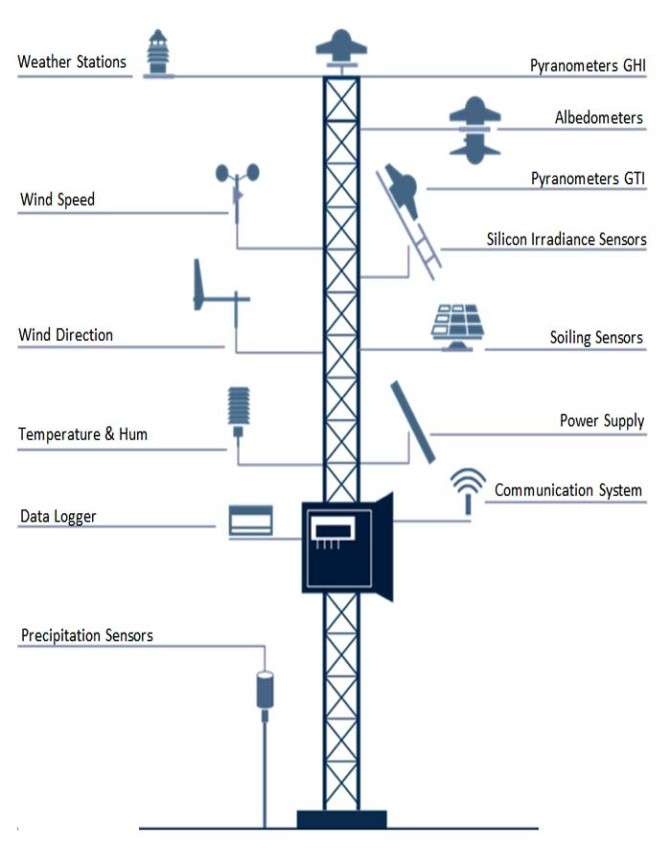
Hydrology and water resource monitoring plays a critical role in the efficient operation of hydropower plants. Hydropower plants generate electricity by harnessing the power of falling water to turn turbines and generate electricity. However, to ensure the continuous and reliable generation of electricity, it's essential to understand the quantity and quality of water resources available.
Water resource monitoring involves measuring various parameters such as water level, flow rate, and water quality. By using advanced monitoring systems, hydropower plant operators can gather real-time data and insights that help them make informed decisions about their operations. For example, they can optimize their operations by adjusting the water flow rate to match energy demand, minimizing water wastage, and maximizing power output.
Accurate and timely water resource data also enables hydropower plant operators to identify potential issues and take corrective action before they become major problems. For example, changes in water quality can impact the performance of turbines and other equipment, leading to reduced efficiency and increased maintenance costs. By monitoring water quality, operators can detect early signs of contamination and take steps to prevent damage to their equipment.
Hydropower plants can also benefit from weather monitoring, as weather conditions can impact water availability and quality. By using weather monitoring systems, operators can predict changes in weather patterns and adjust their operations accordingly. For example, they can anticipate changes in water flow rates and prepare for potential flooding or drought conditions.

Weather conditions can have a significant impact on the operation of hydropower plants. Therefore, it is essential to have weather monitoring systems in place to ensure that plant operators can anticipate changes in weather patterns and adjust their operations accordingly.
Weather stations can provide critical data on temperature, humidity, wind speed, and direction, as well as precipitation levels. This information is vital for predicting changes in water availability and quality, which can impact the efficiency and output of hydropower plants.
For example, if weather stations detect an incoming storm or heavy rainfall, hydropower plant operators can anticipate a surge in water flow rates and adjust their operations to prevent equipment damage or flooding. Similarly, if weather stations predict drought conditions, operators can prepare for lower water levels and adjust their operations accordingly.
Furthermore, weather monitoring systems can provide valuable data for long-term planning and decision-making. By analyzing historical weather patterns and trends, hydropower plant operators can make informed decisions about upgrades or equipment replacements that can increase the efficiency and output of the plant.
Overall, weather monitoring systems are crucial for the efficient operation of hydropower plants. By providing real-time data and insights, plant operators can anticipate changes in weather patterns and adjust their operations accordingly, ensuring the reliability and sustainability of hydropower as a renewable energy source.
The main components of weather monitoring systems used in Hydro-meteorology monitoring are given below.

Anemometer measures wind speed and direction. It is commonly used in weather stations and in hydro-meteorology. The device uses cup, vane or sonic sensors to determine wind speed and direction.

A wind vane is a device used in hydro-meteorology to measure the direction of wind. It consists of an arrow or vane that points in the direction from which the wind is blowing and is used in conjunction with other instruments, such as an anemometer, to provide a complete picture of wind conditions.

An ultrasonic anemometer measures wind speed with sound waves for accurate, low-maintenance monitoring in hydro-meteorology.

A Barometric Pressure Sensor measures air pressure in the atmosphere to determine changes in atmospheric pressure and weather patterns.

An ambient temperature refers to the current temperature of the air in a particular location. It is an important factor to consider in studying weather patterns, as it can affect a variety of natural processes and phenomena.

Precipitation sensors are used for measuring total rainfall. Which helps to analyze and forecast rain amount and duration.

Snow Sensor Measures Snow depth (Ultrasonic snow depth sensor), total snowfall, snow level, and snow water equivalent (SWE).